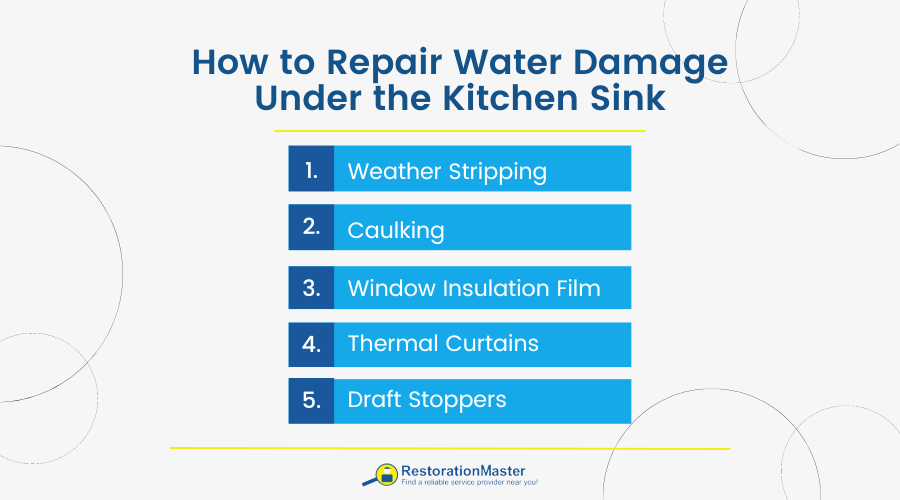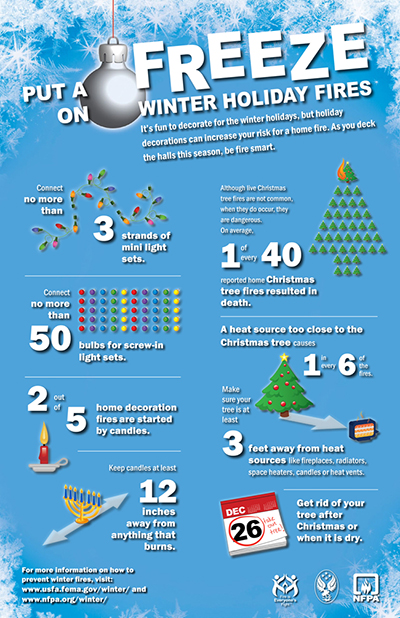5 Ways to Insulate Your Windows for Winter

As outdoor temperatures dip, heating bills rise, and your windows may be the culprit. Cold drafts can seep through the glass to cause cold spots in your home. These 5 ways to insulate your windows for winter will help you keep your home warm during the coldest months of the year, and will help keep your heating bills manageable.
1. Weather Stripping: Sealing the Gaps
One of the most effective and straightforward solutions to prevent cold drafts is weather stripping. This method involves applying a flexible material along the edges of your windows to create a tight seal, preventing unwanted air exchange. By sealing the gaps, you not only improve energy efficiency but also enhance the overall comfort of your home.
Types of Weather Stripping
There are several types of weather stripping available, each suited for different situations:
- Adhesive-backed Foam Tape: This option is ideal for irregular gaps and is easy to install. Simply cut the tape to size, peel off the backing, and press it into place. It’s especially beneficial for windows that don’t close tightly.
- V Strip: Also known as tension seal, this long, durable strip works well for both sides of a window. It can be installed along the sides of the window sash, maintaining a snug fit when the window is shut.
- Door Sweeps: Although primarily used for doors, door sweeps can also be employed for windows that tilt inward. They provide an additional barrier against drafts at the base of the window.
- Heavy-duty Weather Stripping: For wooden windows, a heavier material may be required. This type of weather stripping can be more complex to install but is effective in sealing larger gaps.
2. Caulking: Fixing Leaks with Precision
Caulking is a precise and effective method for sealing leaks around your windows, ensuring that no chilly drafts can disrupt the warmth within your home. Unlike weather stripping, which is used to seal moving parts, caulk is ideal for stationary gaps where the window frame meets the wall or where different materials converge, such as wood and vinylVinyl is a durable synthetic plastic material commonly used ... More. By applying caulk, you create an airtight shield that not only keeps cold air out but also prevents warm air from escaping, significantly enhancing your home’s energy efficiency.
When choosing caulk for your windows, opt for a high-quality, flexible silicone or latex-based product. Silicone caulk tends to be more durable and water-resistant, making it an excellent choice for areas exposed to the elements. Conversely, latexLatex is a natural or synthetic rubber material commonly use... More caulk is easier to apply and can be painted over, allowing for a more seamless look if aesthetics are a concern. Regardless of the type you choose, thorough preparationPreparation is the steps taken to ready a property, equipmen... More is key. Ensure that the surfaces are clean, dry, and free of old caulk or debris before application; this will allow for a better bond and a longer-lasting seal.
After you’ve applied the caulk, it’s essential to give it time to cure as specified by the manufacturer. This step ensures that the seal forms properly, preventing any future leaks from occurring.

3. Window Insulation Film: An Extra Barrier
Another effective solutionA solution is a homogeneous mixture of two or more substance... More for insulating windows is window insulationInsulation is a material used in buildings to reduce the tra... More film. This transparent plastic sheeting acts as an extra barrier between the cold outdoor air and your home, significantly reducing heat loss while being easy to install and affordable. The film creates an insulating air pocket when applied to the window, which helps keep warmth trapped inside and cold air at bay.
Installing window insulationInsulation is a material used in buildings to reduce the tra... More film is a straightforward process that can be done with minimal tools. First, you’ll want to clean your windows thoroughly to ensure a proper seal. Then, cut the film to fit each window, leaving a little excess on the edges for secure attachment. The film typically comes with double-sided tape that you place around the window frame. Once the film is secured, use a hairdryer on a low setting to tighten it, creating a tight seal that helps enhance its insulationInsulation is a material used in buildings to reduce the tra... More properties. The result is a crystal-clear barrier that improves your home’s energy efficiency without obstructing your view or natural light.
Not only does window insulationInsulation is a material used in buildings to reduce the tra... More film help to keep your home warmer during the cold winter months, but it can also reduce drafts and minimize condensation. This added layer of protection not only makes your space more comfortable but can also protect your furnishings and flooring from moisture damage. Whether you’re looking to reduce heating costs or simply want to create a cozier environment, window insulationInsulation is a material used in buildings to reduce the tra... More film is a practical and effective solutionA solution is a homogeneous mixture of two or more substance... More for winterizing your home.
4. Thermal Curtains: Keeping the Heat In
Thermal curtains are a stylish and practical way to insulate your windows during the winter months. Made from thicker, heavier materials, these curtains provide an extra layer of insulationInsulation is a material used in buildings to reduce the tra... More, helping to trap warm air inside your home and block out the cold from outside. By hanging thermal curtains over your windows, you can effectively reduce heat loss and create a cozier living environment, all while adding elegance to your home decor.
Installing thermal curtains is an easy and affordable solutionA solution is a homogeneous mixture of two or more substance... More to enhance your home’s energy efficiency. Simply measure your windows and choose curtains that are wide enough to cover the entire frame. When drawn closed, they work best when they extend from the top of the window to the floor, preventing cold drafts from seeping in. For optimal results, consider choosing curtains that are designed with a blackout lining, as these can further limit heat escape and reduce outside noise.
5. Draft Stoppers: Blocking Cold Air Flow
Draft stoppers, also known as draft snakes, are simple yet effective tools to keep your home cozy during the cold winter months. These long, cylindrical fabric tubes can be placed at the base of windows and doors to block chilly air from seeping in. They come in various designs and materials, allowing you to choose options that best suit your home decor while serving a practical purpose. By filling these stoppers with materials like foam, rice, or sand, they create a snug barrier that prevents cold drafts from disrupting your indoor warmth, ultimately making your space more comfortable.
Using draft stoppers is not only easy but also an affordable solutionA solution is a homogeneous mixture of two or more substance... More for winter insulationInsulation is a material used in buildings to reduce the tra... More. They can be effortlessly moved in and out as needed, making them perfect for both temporary and long-term use. For maximum effectiveness, ensure that the draft stoppers fit snugly under each window or door, leaving no gaps for cold air to intrude. By incorporating draft stoppers into your winter insulationInsulation is a material used in buildings to reduce the tra... More strategy, you can enjoy a noticeable reduction in energy costs, as your heating system won’t have to work as hard to maintain a comfortable temperature. This simple addition can make a significant difference in your home’s overall warmth and energy efficiency.

Embrace Cozy Comfort This Winter
Insulating your windows during the cold months doesn’t have to be a daunting task. By implementing these five effective strategies—thermal curtains, draft stoppers, window film, weatherstripping, and insulated window inserts—you can significantly reduce heat loss and enhance your home’s energy efficiency. Each method, whether it’s adding layers to your windows or sealing gaps that allow cold air to invade, contributes to a warmer, cozier living environment while also lowering your energy bills.
As you implement these window insulationInsulation is a material used in buildings to reduce the tra... More strategies to safeguard your home against the winter chill, it’s essential to also consider the potential for unexpected weather events. While you’re enhancing your comfort, remember that severe winter storms and fluctuations in temperature can leadLead is a heavy metal that can be toxic to humans, especiall... More to property damage. In the event of any unforeseen disasters, prompt disaster restoration is crucial to maintaining your home’s integrity and safety.
If you find yourself facing water damage, moldMold is a type of fungus that grows in damp or humid conditi... More growth, or structural issues, don’t hesitate to reach out for professional disaster restorationRestoration is the process of returning a property to its pr... More services. By acting quickly, you can protect your home and preserve the cozy environment you’ve worked hard to create. Stay warm, stay safe, and be prepared this winter!












